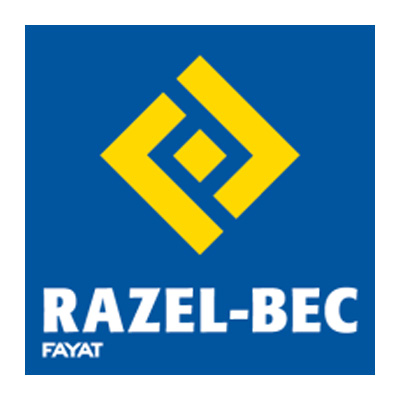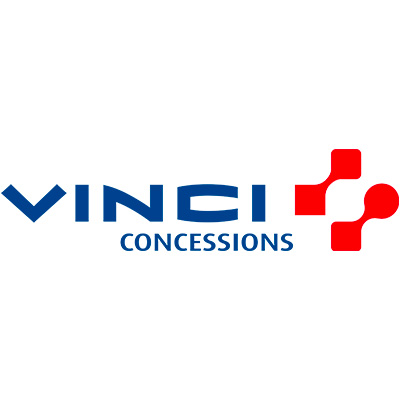
Public-private partnerships financed by the European Investment Bank from 1990 to 2024
Février 2025
EPEC, European PPP Expertise Centre (34 pages).
This report covers a wide range of PPP transactions (e.g. design-build-finance-operate, design-build-finance-maintain, concession arrangements which feature a construction element, the provision of a public service and risk sharing between the public and private sector, and can include regulated assets), regardless of the type of financing provided by the EIB (e.g. project finance, sovereign lending). Portfolio loans to small PPP projects and investments in equity PPP funds are not listed in this report.
EPEC, European PPP Expertise Centre (34 pages).
This report covers a wide range of PPP transactions (e.g. design-build-finance-operate, design-build-finance-maintain, concession arrangements which feature a construction element, the provision of a public service and risk sharing between the public and private sector, and can include regulated assets), regardless of the type of financing provided by the EIB (e.g. project finance, sovereign lending). Portfolio loans to small PPP projects and investments in equity PPP funds are not listed in this report.

















